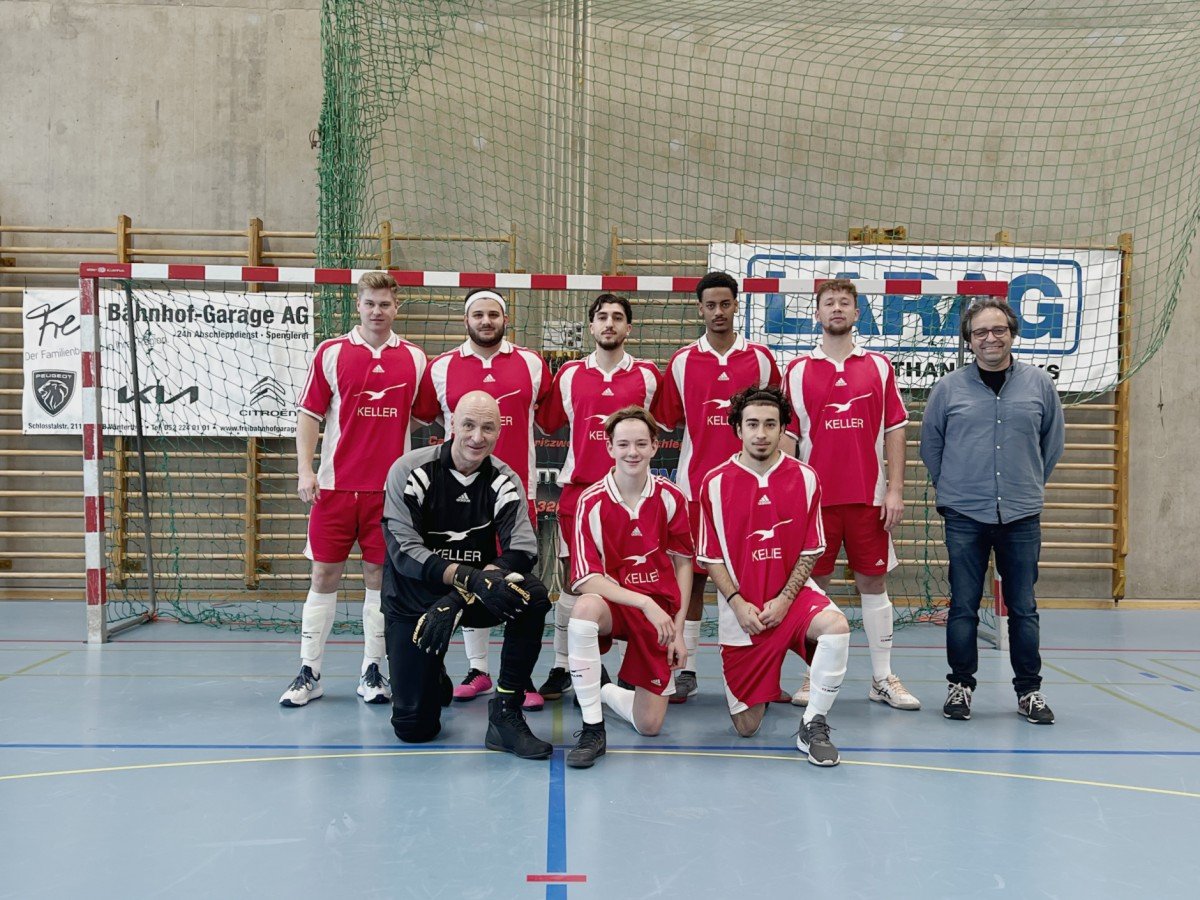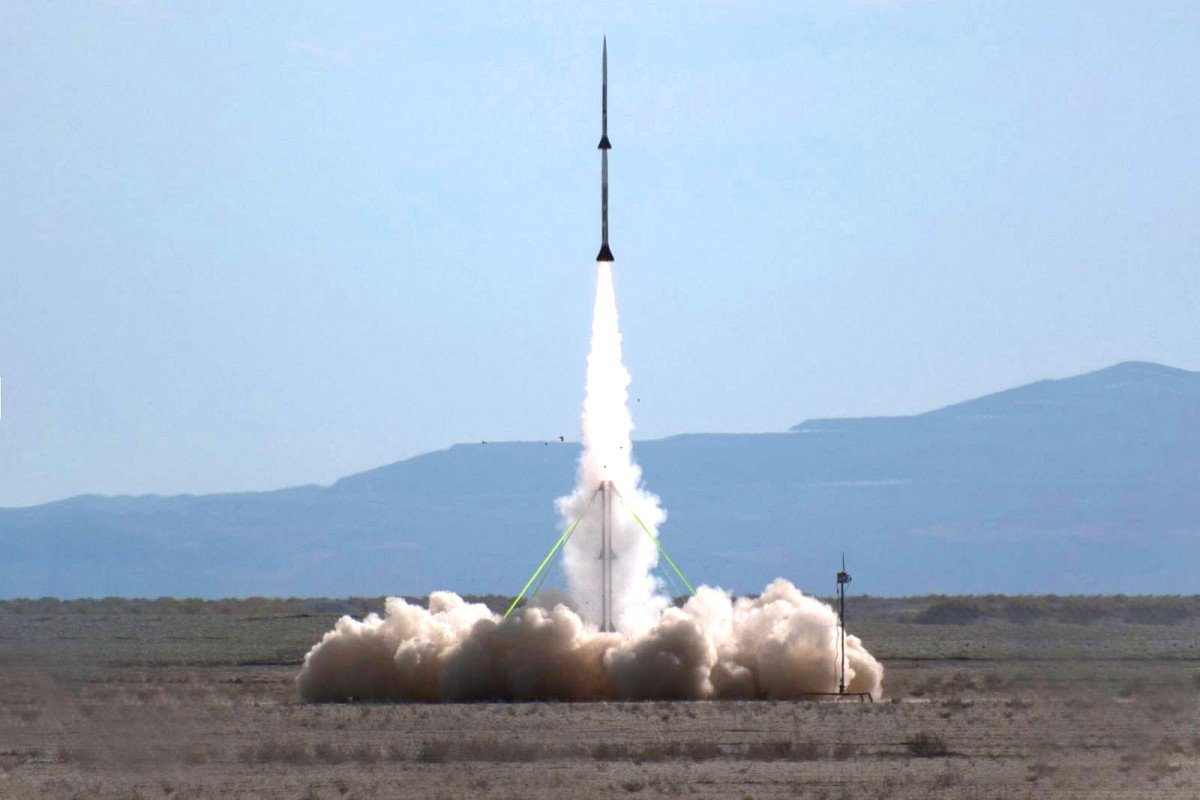How to Bring the Future Closer?
02. August 2022

In rocket science, for example, by organising student competitions on high-tech subjects. For precisely such a competition, a student team in Delft is preparing a hydrogen peroxide bi-propellant rocket. High-tech and a green field design had the students looking for the best suitable components. And here we are.
We are speaking with Thomas Nagy Zámbó, who is part of the team of seven and finds the time to give us a little background information on the project. «We were all part of the Delft student rocket group DARE (Delft Aerospace Rocket Engineering) and we wanted to focus on a new design and build it from the ground up. We started in September last year and are preparing for the EurRoC competition in Portugal, next year. We have just finished the first ignition tests - successfully, I am happy to say.»
A hydrogen peroxide fueled rocket is not new. But the fuel type has sort of been forgotten since the Second World War and the early days of the space race. «We wanted to implement it on a student level, low cost and develop from zero. At first, the intention was to just launch a rocket, but as we went along, we ended up designing for flight.» Thomas recounts on the project. «The mechanical part of the design took us until May, so we just finished it. The first key thing was the reliable ignition of the engine. Next year we are going to replace the systems that are not flight ready yet, we are still developing a few major systems.»

Integrated Design
As a student team, DARE is more experimental than typical clients. Martijn Smit, our salesman at the KELLER Nederlands subsidiary, was able to identify the right sensor for the project based on thorough inquiries. His approach even helped improve the game. Thomas shows the drawing of the fuel tanks that will be 3D-printed in stainless steel, integrating the pressure sensors in its design. «We are using two of KELLER’s sensors, the M5HB for pressure measurements in the engine and the 7LC to measure pressure in the hydrogen peroxide and ethanol tanks. The KELLER sensors are extremely well suited because they have a low mass and are space efficient. The material compatibility is very important and KELLER ticks the boxes on every account we need. We were really helped by the fact that KELLER is very open about their specs. Everything you want to know, you can find on their website, you do not need to contact a salesperson to get the info you need to decide if a specific component is suitable for your needs. And once we decided we were able to use these sensors, the communication was very good.»
The next step is more testing. «Before we are accepted into the competition at all, we need to do a series of full duration burns. For that we need a different testing site, and we need to cool the engine design. The tests we did so far were done with an uncooled engine.»
EuRoC – European Rocketry Challenge, is the first university rocket launch competition in Europe, promoted by the Portuguese Space Agency – Portugal Space. It brings together students from Europe to launch their projects, seeking to stimulate engineering students to design, build and launch their own vehicles. In a broader spectrum the competition aims to encourage students to study science, technology, engineering and math (STEM) and to the development of technological skills.
The article has been written by Janet Kooren, Dutch content writer for technical magazines.





